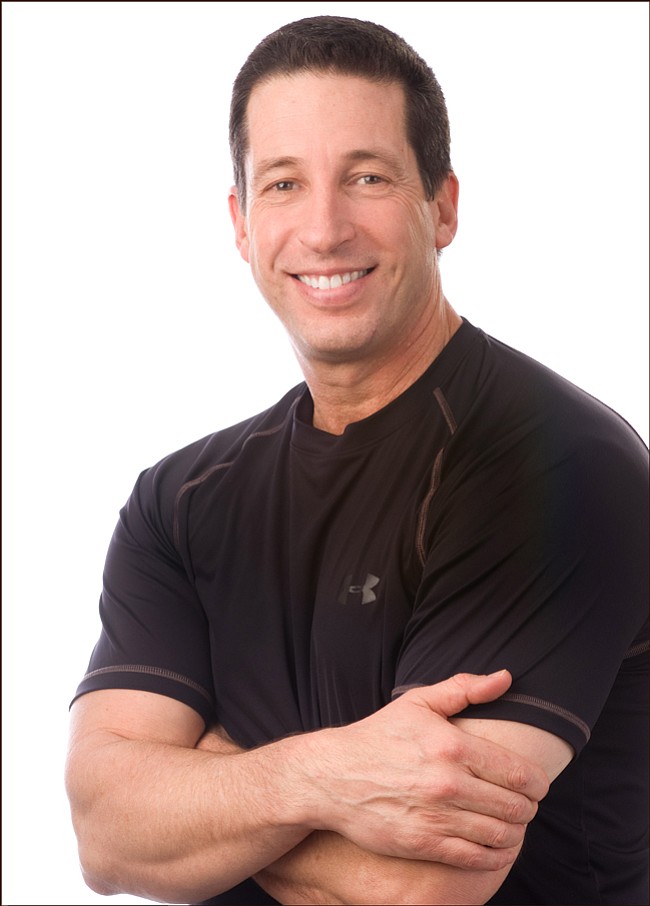For those who haven’t been slowed down by age or injury related joint issues, I can only assure you of one thing — your time will come. When you think about it, the number of “duty cycles” or repetitive motions we put our joints through in a lifetime escalate into the millions.
Even with the cartilage that serves to lessen friction between two moving bones and the body’s natural lubricant, called “synovial fluid,” lessens friction to even a greater degree, the combination of gravity and wear eventually win the battle.
Joint issues don’t always have to be a function of age. Sometime, heredity plays a role in family patterns of joint issues and pain, as well as other diseases that occur in young adults decades before age-based symptoms slow many people down.
In our training center, we frequently work with clients who have completely eliminated resistance training for certain movements because of the pain they associate within a specific range of motion. There are, however, certain aspects of training a muscle that do not require the fitness enthusiast to completely surrender the exercise or types of exercises to derive some benefit. In fact, when attention is given to the following areas, pain in many instances can be lessened, or at least managed:
• Flexibility: Prior to lifting or doing any kind of resistance training, core temperatures should be increased by an easy warm-up that results in perspiring lightly. One should then perform “moving stretches” (dynamic stretching) that utilize momentum to gently take a joint beyond it’s normal range of motion.
• Friction Points: A person should always work within the range of motion that is defined by stopping a movement before the specific angle that creates pain. This is always better than surrendering an exercise completely, provided a physician verifies further damage will not be incurred at the joint.
• Isometrics: Isometrics are best defined as putting muscle in a state where its fibers are not getting longer or shorter. People will often use the word “flexing” to describe creating this fixed tension. It does not require weights (although it can be used in conjunction with weight lifting), and it can result in improved muscle tone.
• Support Structures: Sometimes, the best way to remedy joint pain is to build the support musculature around the joint, instead of trying to avoid it. Frequently, a person’s first reaction to joint pain is to stop the movement that causes it. While this approach has merit, there also are times when the best thing to do is to build the muscles that help off-load forces on the joint. This can happen through alternative movements, machines and ranges of motion that minimize pain while building muscle.
• Ice: I have always noticed the preemptive application of an ice bag put on a baseball pitchers shoulder when they come out of a game. This is done to head off a problem before it starts. Doing so reduces muscle swelling from overuse and the surge of blood and lymphatic fluid that can increase pressure at the joint. You need not be a professional baseball player to make a regular habit of icing a chronically inflamed area before it becomes symptomatic.
There is no reason to let the aging process or joint injury stop you from finding a comfortable range of movement to exercise. Proper mechanics and an understanding of your limitations are always the best place to start.
Bill Victor is the owner of Victor Fitness System Professional Fitness Trainers, Flashpoint Athletic Speed & Agility Specialists, and Performance Nutrition Consultants. He can be reached at victorfitsystems@gmail.com and online at http://theflashpoint.org and http://VictorFitnessSystems.com.



